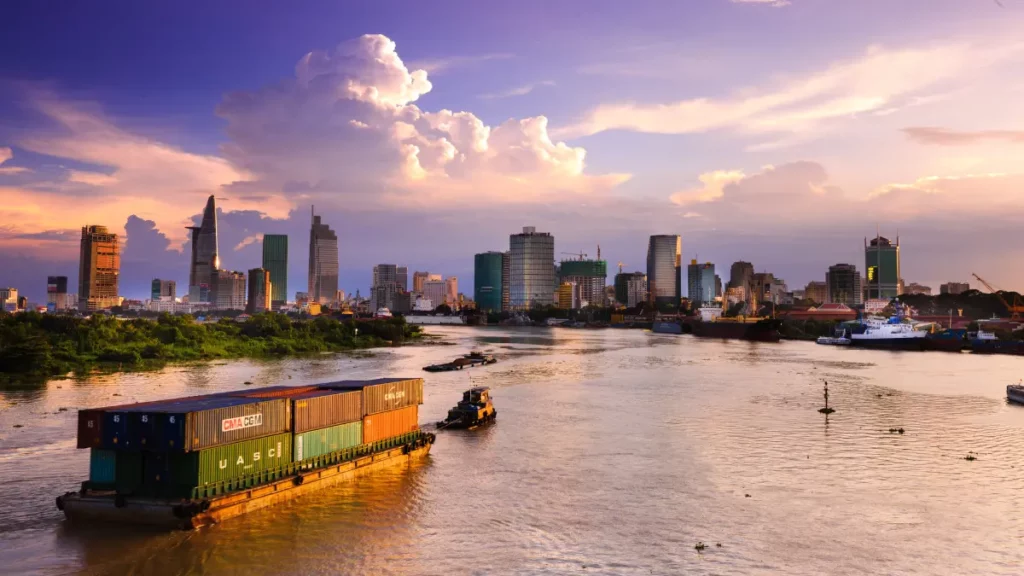When taking a trip around the world or a day trip to a place that’s close by, you might want to snap away some photos. It definitely is a fun activity, but we also love to savor the moment and reminisce about it later on. However, taking better photos is not merely about pointing your camera and shooting. It is a skill that demands both creative thinking and concentration.
In this article, we will delve into the top tips. These will assist you in taking better photos when on an adventure or traveling for a vacation. While we won’t be diving into the basics, we will give you the best advice that will help you elevate your skills to the next level, helping you capture the most stunning of photos. Hence, we delve into items beyond the fundamentals, allowing you to enrich your toolbox.
1. Turn Your Photos into a GIF
Now, the first technique you should consider utilizing is not related to how you shoot pictures. Rather, it is about turning a series of them into a sequence known as a GIF. You can do so with a bustling street or images of the sunset, all together in one go. Hence, explore this GIF maker software that converts your images into a fun new feature.

Do your best GIF through this software, looping visual story that captures the essence and motion of a special moment. Such a powerful GIF can convey the experience of a place or an event. This makes your photos perfect for sharing on social media, as movement attracts more attention.
2. Using Polarizing Filters for Travel Photos
If you are a fan of landscape photography, then consider using a polarizing film which works on deepening the sky’s blue tone and controls reflections. The filter’s effect causes the sky to look strikingly vibrant, enhances cloud contrast, and enriches the overall colors of the scenery.
3. Beautiful Travel Pictures with RAW Format
For travel photographers seeking beautiful travel pictures with deep control over the image edits, it is essential to shoot in RAW format. RAW files retain all sensor data from the camera, capturing details without the compression seen in JPEGs. It enables the creation of stunning photos by preserving intricate details and facilitating fine-tuning of exposure, white balance, and color schemes during post-processing.
4. Use Long Exposure for Dynamic Scenes
If you want pictures of traveling the world, consider applying long exposure methods. These techniques introduce motion and ethereal quality of lively scenes. Hence, it elevates the visual allure of your photographs.
It gathers light over extended durations, allowing elements such as stars and urban light to form unbroken streaks. The technique accentuates movement and amplifies the dramatic effect of the scenes.
5. Master the Art of the iPhone Selfie
If you want to learn how to take pictures of yourself on your iPhone, this is the section for you. Part of traveling alone can be annoying as there is no one to take your picture. This necessitates the need to learn to take your own photo.
Position your iPhone on a stable surface or use a tripod to ensure the camera is steady. Also, explore the Portrait mode to add depth. Don’t forget to experiment with different angles and positions by placing the camera slightly above eye level for a universally flattering view.
6. Manual Focus for Low Light
In dimly lit photography settings, using your camera’s autofocus might result in your disappointment. Therefore, adopting manual focus can address such issues by providing more precision and clearer outcomes. Mastering this does require some practice to master, especially when it comes to determining which elements to highlight.

7. Focus Stacking for Landscape Photography
Focus stacking involves taking multiple pictures of the same scene. Each one should be of a different focus point for it to provide the best results. Then, in post-processing, these are then merged into a single composition image using software like Adobe Photoshop. It selectively combines the sharpest parts of each photograph into one. In essence, the resultant image has unparalleled depth and clarity across the entire frame.
8. Night Sky Photography Techniques
When shooting pictures of the night sky, in places with clear skies and minimal light pollution, there are some techniques to utilize. Consider the 500 rule (500 divided by your lens’ focal length to determine the maximum exposure time before stars blur). This allows you to capture crisp and clear shots of the stars and even the Milky Way.
9. Taking Better Panoramic Photos of Traveling
Consider using the concept known as panoramic stitching. By taking multiple overlapping pictures from one side to the other, you can encompass the entire scene. These images are then merged using software like Adobe Photoshop or Lightroom, which aligns and blends them to create one continuous, wide-view image.
Conclusion
To sum up, the tips above allow taking better photos of traveling. Whether you want to capture a selfie, a stunning landscape scene, or a bustling street, the strategies above will assist you through it all. Now, while traveling, you can share the most stunning visuals on your social media and savor core memories. So go out, grab your camera or phone, and keep those tips in mind for whenever you’re shooting pictures!

